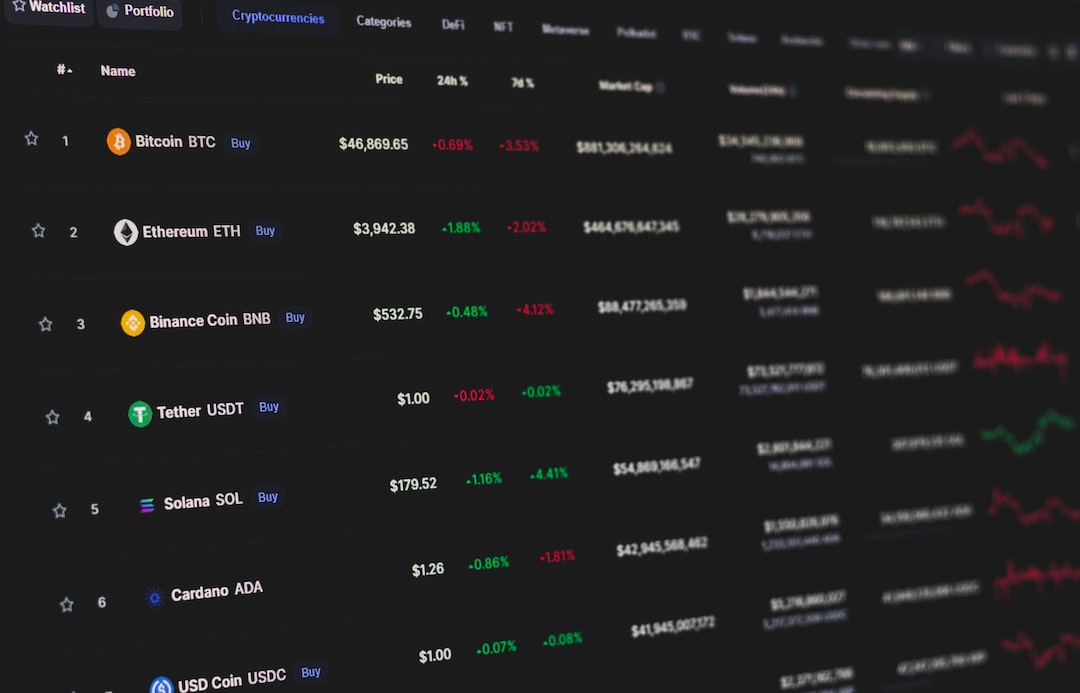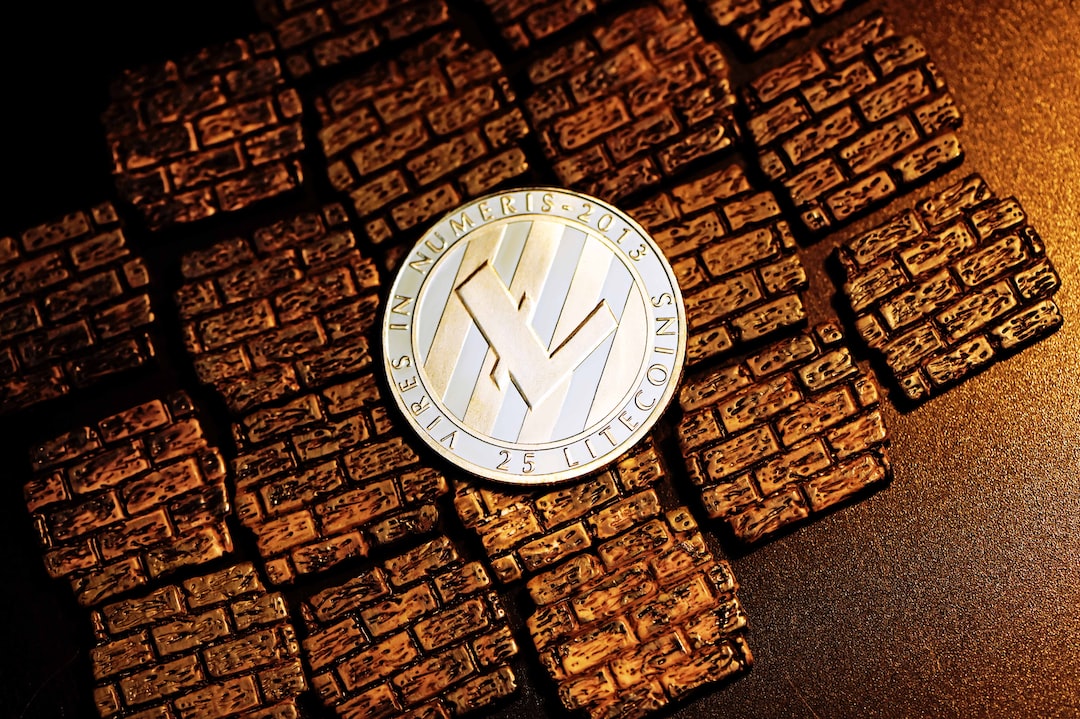Tokenization: Modernizing the Financial System
Agustin Carstens, general manager of the Bank for International Settlements (BIS), emphasized the importance of tokenization in revolutionizing the current financial system. Speaking at a seminar, Carstens explained that tokenization enables the digitization of money and assets on a programmable ledger, allowing direct transfers without intermediaries. This technology can pave the way for a more interconnected financial system, where central bank digital currencies (CBDCs) can be seamlessly transacted.
Obstacles: Outdated Regulations
While the necessary technology exists, Carstens highlighted that outdated regulatory frameworks are impeding progress. He stressed the need to develop legal and regulatory structures, governance, and communication protocols to support an interconnected network. Although he acknowledged that not all jurisdictions will immediately join a unified ledger, establishing protocols for interconnecting systems can facilitate interoperability.
The Future: Wholesale Central Bank Money
Carstens concluded that a future monetary system should have wholesale central bank money at its core, complemented by tokenized commercial bank money and other assets. He has been a strong advocate for CBDCs, asserting that they are essential in meeting the public’s expectations for a modern form of money.
Hot Take: Tokenization as a Catalyst for Financial Transformation
Agustin Carstens, general manager of BIS, believes that tokenization holds great potential in transforming the financial landscape. By digitizing money and assets on a programmable ledger, tokenization enables seamless transfers and eliminates the need for intermediaries. However, outdated regulations pose significant challenges to implementing this technology. Carstens emphasizes the importance of developing legal frameworks and communication protocols to support an interconnected network. While not all jurisdictions may immediately adopt a unified ledger, establishing protocols for interconnecting systems can facilitate interoperability. Ultimately, Carstens envisions a future monetary system where wholesale central bank money, tokenized commercial bank money, and other assets coexist to meet the public’s evolving needs.





 By
By
 By
By
 By
By
 By
By
 By
By
 By
By